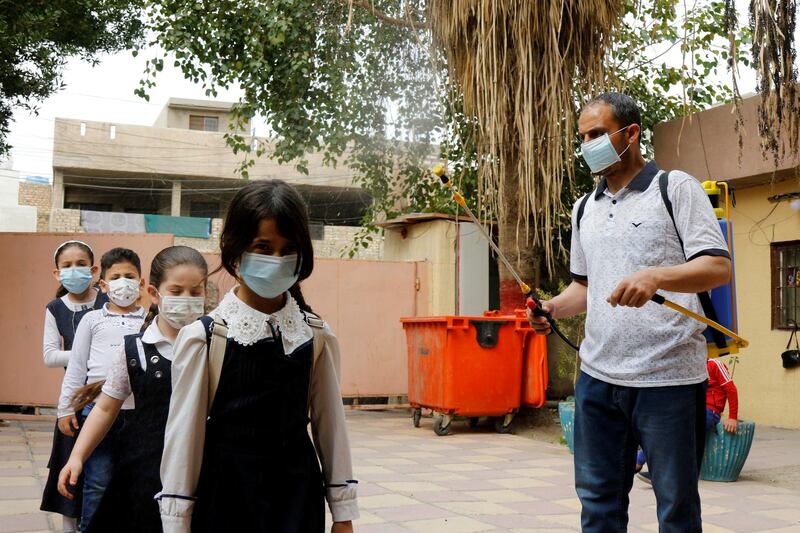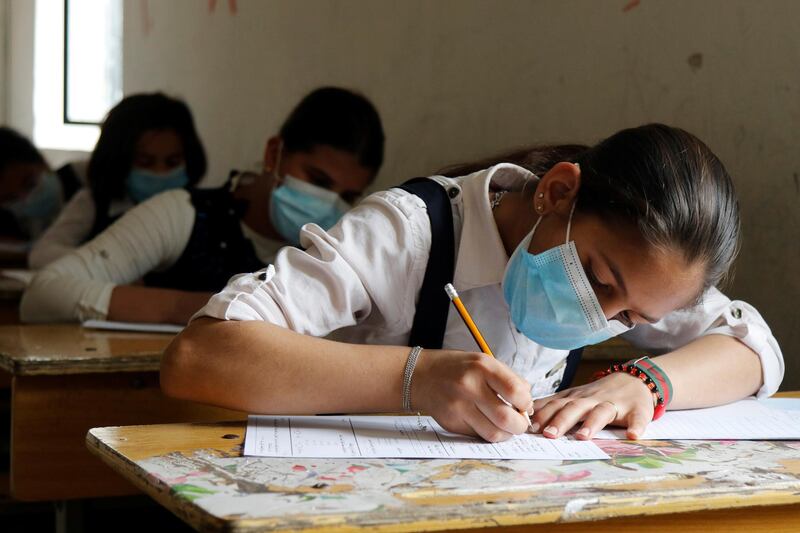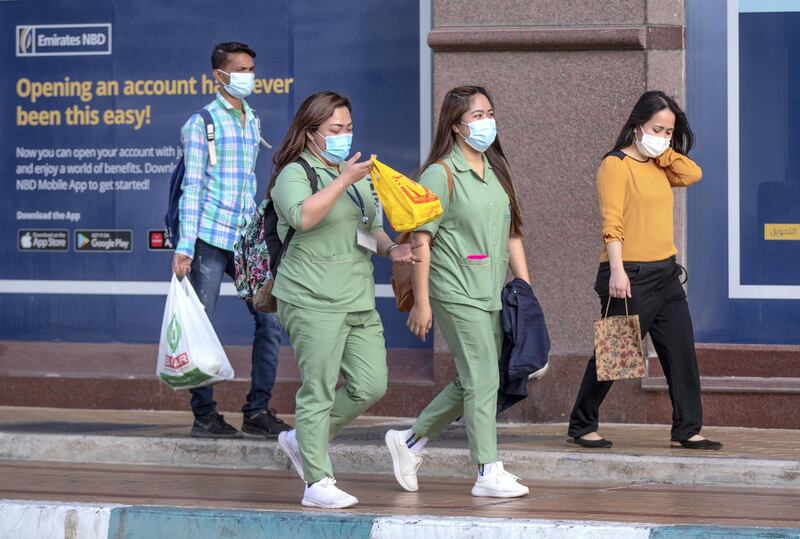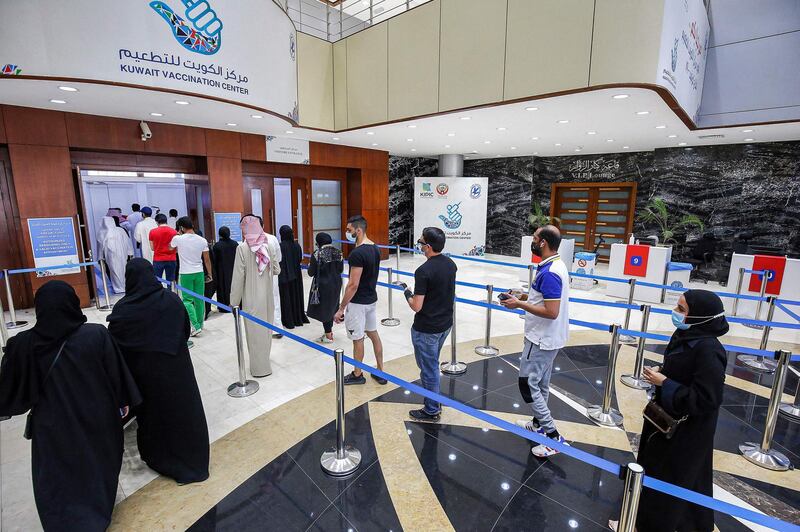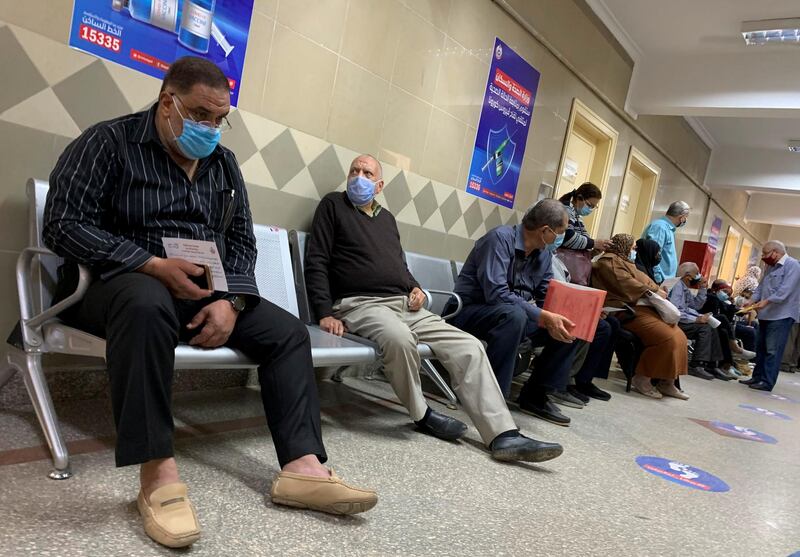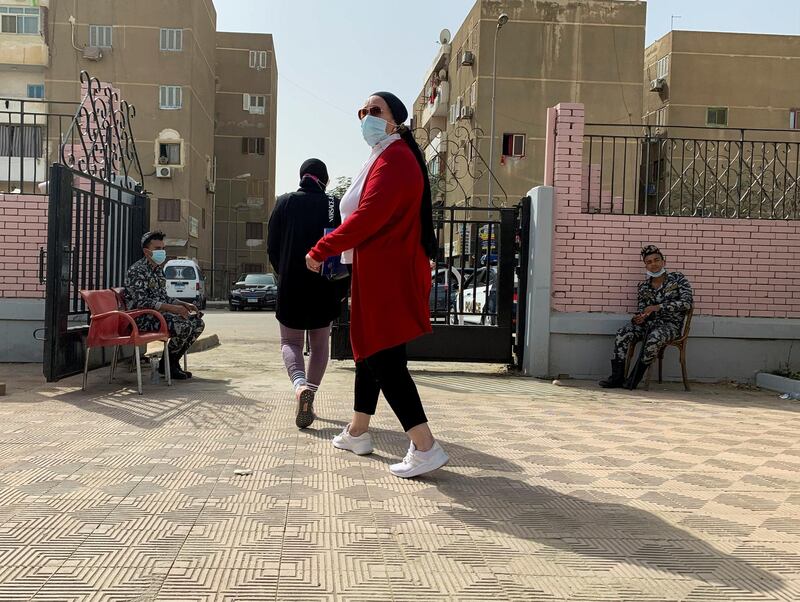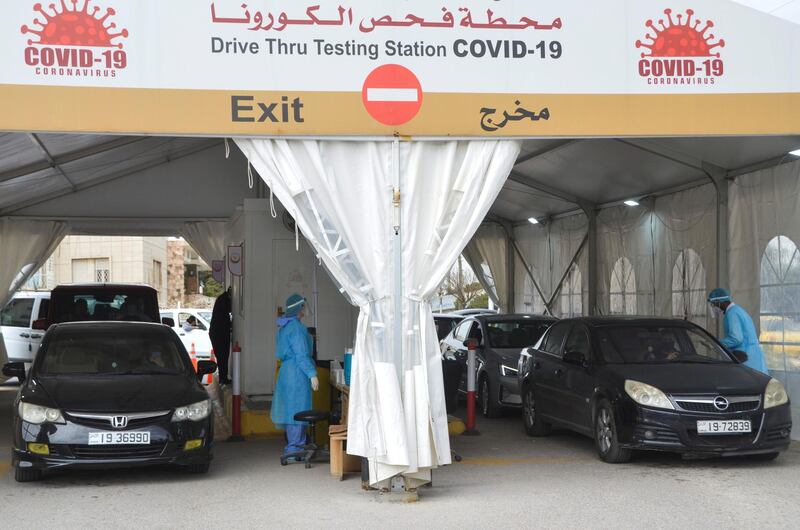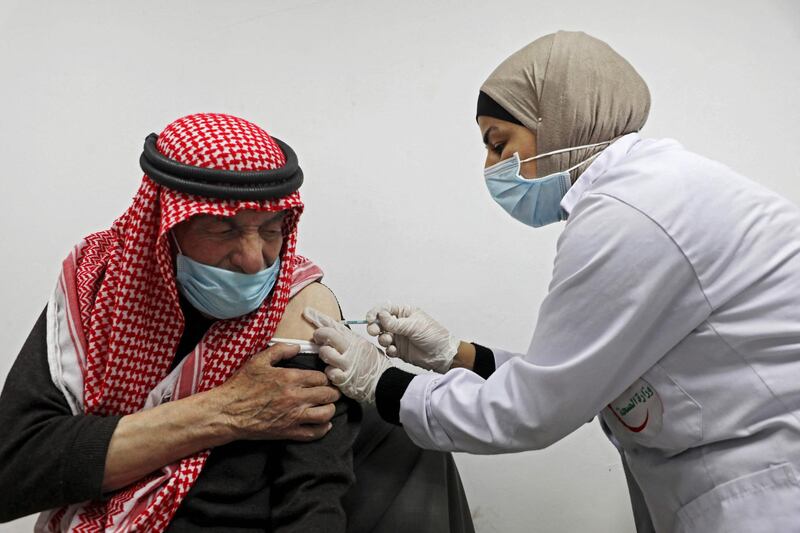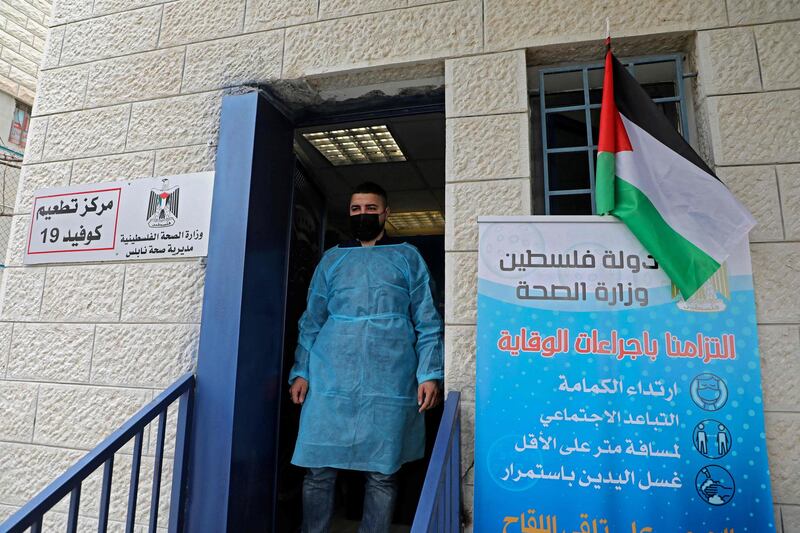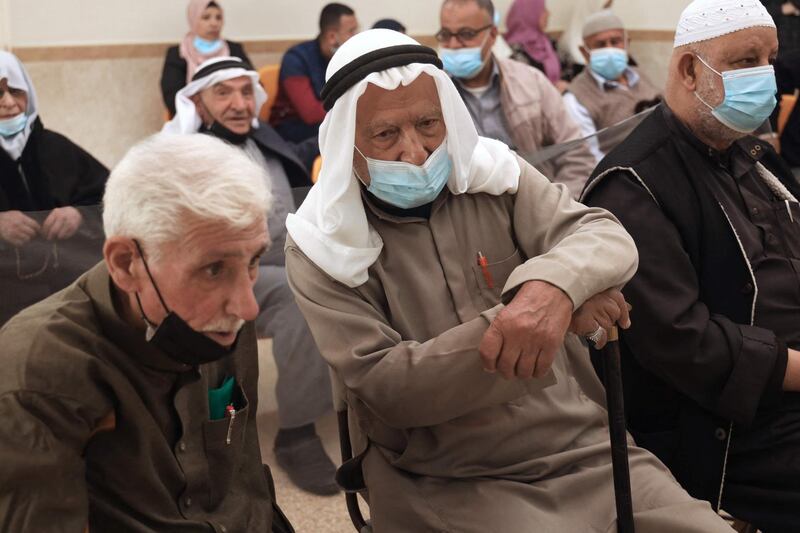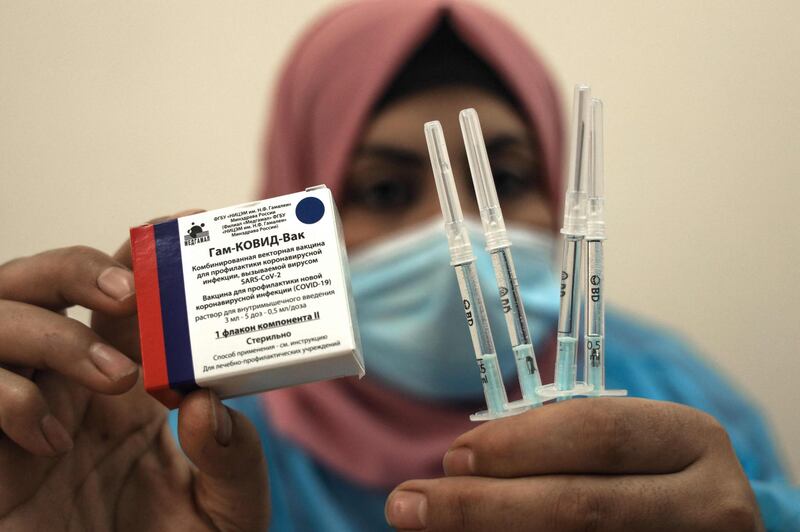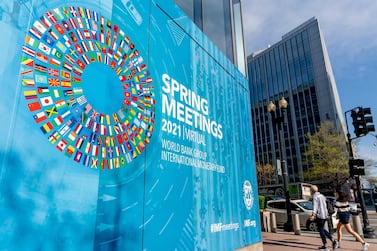The Middle East and North Africa region has fared better than other parts of the world during the Covid-19 pandemic due to the rapid use of fiscal and monetary measures, but countries face a “turning point” as they need to balance higher debt, economic scarring from the health crisis and a changing global outlook amid a race between vaccine campaigns and the virus, according to the International Monetary Fund.
"It's a turning point for the region. Everybody is focused on the immediate issues, the race between the vaccine and the virus. But the level of scarring and the impact of this crisis need to be addressed and if countries don't tackle this issue head on, we could be in a situation where growth will be slow with a high level of unemployment that existed before [with] additional weakness and fragilities," Jihad Azour the head of the IMF's Middle East and Central Asia department, told The National.
“This could have a negative impact on the region in terms of recovery and also social stability and this is why it’s very important to accelerate the transformation of economies and developing greater regional cooperation.”
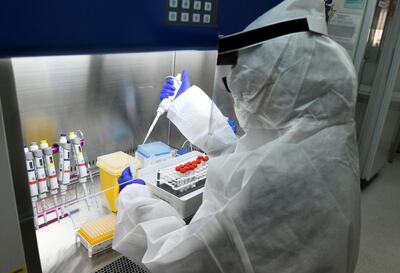
The Middle East and Central Asia's debt has increased and financing needs for the region this year and next will reach $1.1 trillion, which is $300 billion more than the previous two years, Mr Azour said. The Mena region's gross domestic product is projected to expand 4 per cent this year after 3.4 per cent last year and oil exporting economies will fare better than importers.
The vaccine rollout and policy response will play an important role in defining the outlook for 2021. The faster the vaccination roll out, the higher the impact on growth, Mr Azour said. Further vaccine acceleration could boost GDP by an additional 0.4 per cent to 1 per cent, according to fund estimates.
The increase in oil prices, which the fund expects to hover at about $58.52 a barrel this year and $54.83 a barrel next year, is expected to markedly improve oil exporters’ external positions. Their current account balance is projected to increase by $128bn, the fund said in its regional economic outlook released on Sunday.
“We see that Opec+ agreement is holding and the management of the supply to align it with the level of demand is now under control and providing to the market a sense of stability,” Mr Azour said.
Oil importers’ current account deficits are forecast to slightly widen due to higher oil prices and rising domestic demand. Tourism is expected to remain a drag on many economies in the near term, the fund said.
“Countries of the region benefited from very favourable international market conditions, but they need to be vigilant going forward,” Mr Azour said in reference to the low interest rate environment and accommodative policies of central banks. “Any return in sentiment or any change in interest rate policy could have an impact on their access to finance. This crisis has affected sectors in a different way. It’s important to address the corporate sector dimension, lessening the scarring and also the access to finance and to avoid having crowding out because the large portion of the public sector financing is coming from domestic banks.”
Mr Azour said countries in the region responded rapidly to the crisis and implemented policies within three to four months that checked the spread of the virus, relative to other countries battling second and third waves, which “provided a floor to the economy”. But he cautioned against easing policies too rapidly, which could hinder the recovery from the pandemic and could be uneven depending on individual countries and industries.
“The war between vaccines and the virus is going to be critical this year,” Mr Azour said. “Last year, we saw that countries that introduced fiscal and monetary policies recovered faster. Maintaining those policies and targeting them and focusing them on the beneficiaries is important. You have a divergence between countries and within countries.”
Sectors that have high social contact such as tourism have had more difficulty to recover than others, whereas industry and non-contact services were able to recover the lost ground in 2020.
“We are in a multi-state scenario, fast inoculators will recover faster, slow inoculators will face challenges, the late inoculators will not be able to recover before 2023 or 2024,” Mr Azour said. “Any change in market sentiment that will lead to an increase in interest rates or capital flows will have an impact on those countries.”
The acceleration of vaccinations and the recovery in oil prices will help support the non-oil segments of economies. The fund estimates the non-oil GDP of Saudi Arabia, the Arab world's largest economy, to increase 3.9 per cent this year and the UAE to also register a similar positive uptick as well, Mr Azour said.
The recovery in the medium term in oil exporting countries of the region will also hinge on the capacity to accelerate the utilisation of technology, the development greener economies and their capacity to attract additional foreign investment, he said.
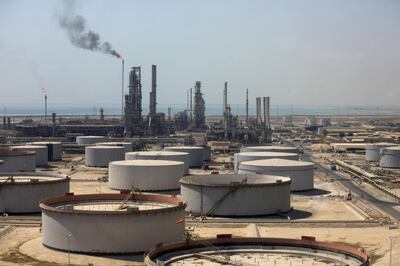
Countries like Iraq, which had to face the double whammy of the virus and dwindling oil revenue due to the Opec+ agreement to curb production levels need to press on with their reform programme and harness the rebound in oil prices, Mr Azour said.
"Progressing and maintaining the fiscal consolidation will be critical for the sustainability of the economy in Iraq, despite the improvement in the oil price," he said. "The budget that has been passed and the adjustment in the exchange rate were steps in the right direction. The higher oil price is an opportunity to advance on some of the structural reforms that will allow to achieve a higher level of inclusive growth."
For Lebanon which was battling its worst economic crisis before the pandemic and a devastating blast at its main port in the capital, the outlook remains uncertain and hinges largely on the formation of a government and subsequent implementation of reforms upon which international aid is contingent.
“The uncertainty that prevails makes it very difficult to project how the economy will preform this year and next year,” Mr Azour said. Lebanon's economy contracted 25 per cent last year and 6.7 per cent in 2019.
